Table of Contents
Asia, the world largest continent boasts a rich and diverse culinary heritage that reflects its vast geography, history, and cultures.Asian cuisine is known for its bold flavors, aromatic spices, and diverse cooking techniques. The world of Asian desserts is versatile and vast with delightful amalgamation of flavors, textures, and traditions that vary significantly from one region to another. The world of Asian pastries is a diverse and delicious landscape, with a blend of sweet and savory delights that have captured the hearts of food lovers around the globe. Whether you’re browsing through grocery stores or indulging at a local bakery, you’ll find that each region in Asia has its own interpretation of what makes the perfect pastry. Lets get on a flavorful ride of flavors and traditions and explore the diversity of Asian pastries.
Mooncakes
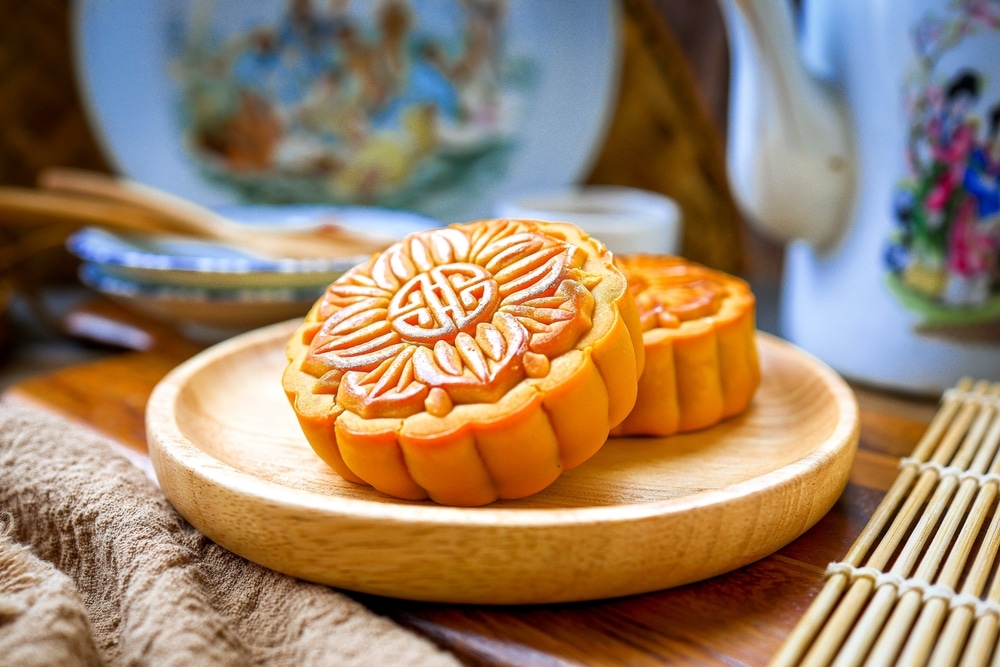
One of the most iconic Asian pastries is the mooncake, traditionally enjoyed during the Mid-Autumn Festival in China. Mooncakes are round, dense pastries filled with sweet or savory fillings. A dough made from flour, syrup, and lye water typically forms the outer crust, giving it a unique texture.
Popular Fillings
- Red Bean Paste: A sweet filling made from adzuki beans.
- Lotus Seed Paste: A smooth and rich paste made from lotus seeds.
- Salted Egg Yolks: Adds a savory contrast to the sweetness of the fillings.
Moreover, mooncakes are often beautifully decorated with intricate designs, symbolizing unity and family reunion. They are usually enjoyed with tea and shared among family and friends.
Baklava

While not exclusively Asian, baklava has a significant presence in many Asian countries, especially in the Middle East and Central Asia. This rich, sweet pastry is made from layers of filo dough, filled with chopped nuts and sweetened with honey or syrup.
Key Ingredients
- Nuts: Walnuts, pistachios, or almonds are commonly used.
- Spices: Cinnamon and cardamom add depth to the flavor.
- Honey Syrup: A mixture of sugar, water, and honey is poured over the baked baklava.
Baklava is often cut into diamond or square shapes and served at celebrations and festivals, making it a favorite among pastry lovers.
Pineapple Buns

One of the most beloved pastries in Hong Kong is the pineapple bun, a sweet, round bun topped with a crunchy golden crust that resembles the skin of a pineapple—though it contains no pineapple. The key to this pastry’s popularity lies in its contrast between the soft, fluffy inside and the crisp, golden brown topping made from a combination of flour and sugar. Often served warm with a pat of butter, the pineapple bun stands as a staple in Hong Kong bakeries and can even be found in grocery stores throughout Asia and beyond.
Korean Bungeoppang
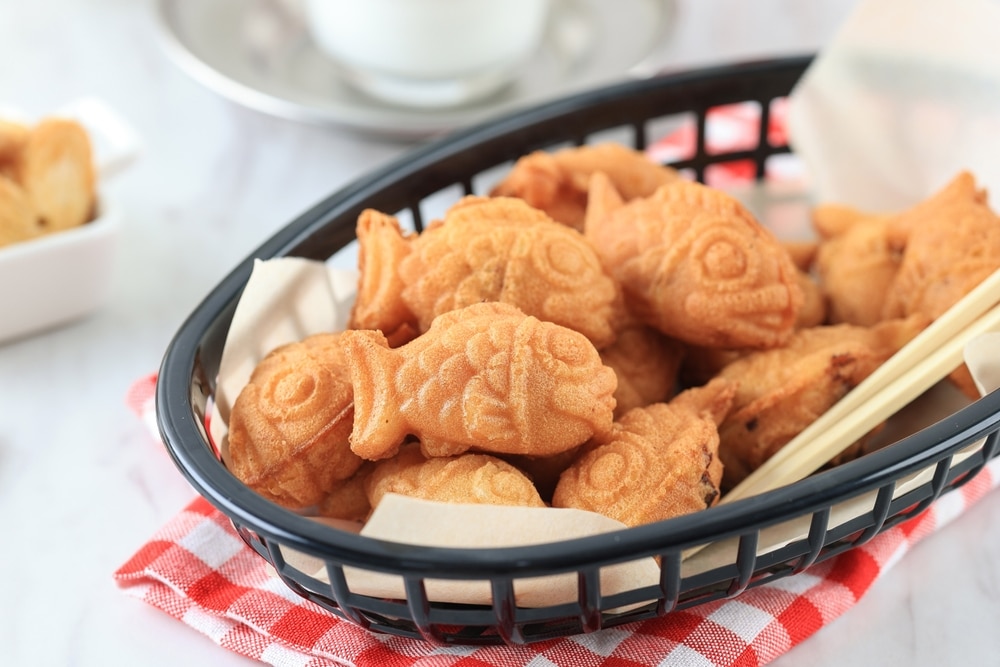
Bungeoppang, or fish-shaped pastry, serves as a popular Korean street food made from pancake-like batter filled with sweet red bean paste. Cooks prepare the batter in a special fish-shaped mold, creating a cute, crispy outer shell with a warm and gooey filling. This pastry is especially popular in winter, often enjoyed by those looking for a warm snack.
Serving Suggestion
Enjoy bungeoppang fresh off the grill for the best taste!
Korean Rice Cakes (Tteok)
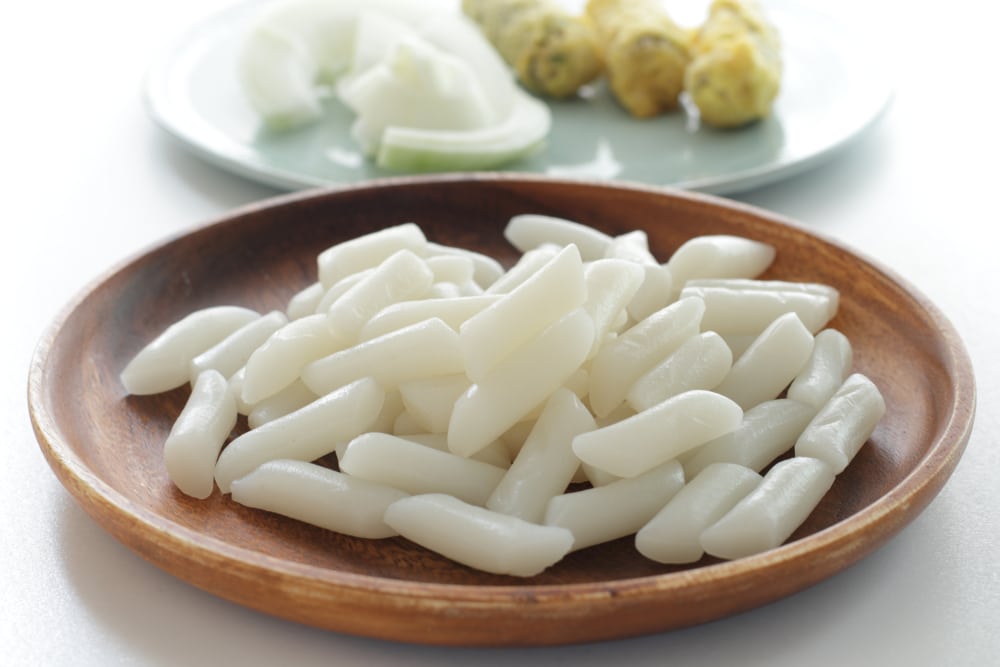
Tteok, or Korean rice cakes, are an essential part of Korean culture, often served during celebrations and festivals. These cakes, made from glutinous rice flour, can be sweet or savory and are typically steamed.
Varieties of Tteok
- Songpyeon: Half-moon shaped cakes filled with sweetened sesame or red bean paste, traditionally made during the Chuseok holiday.
- Baekseolgi: Steamed white rice cake, often enjoyed at birthdays or celebrations for its symbolism of good luck.
Moreover, Tteok is not only delicious but also holds cultural significance in Korean society.
Japanese Mochi
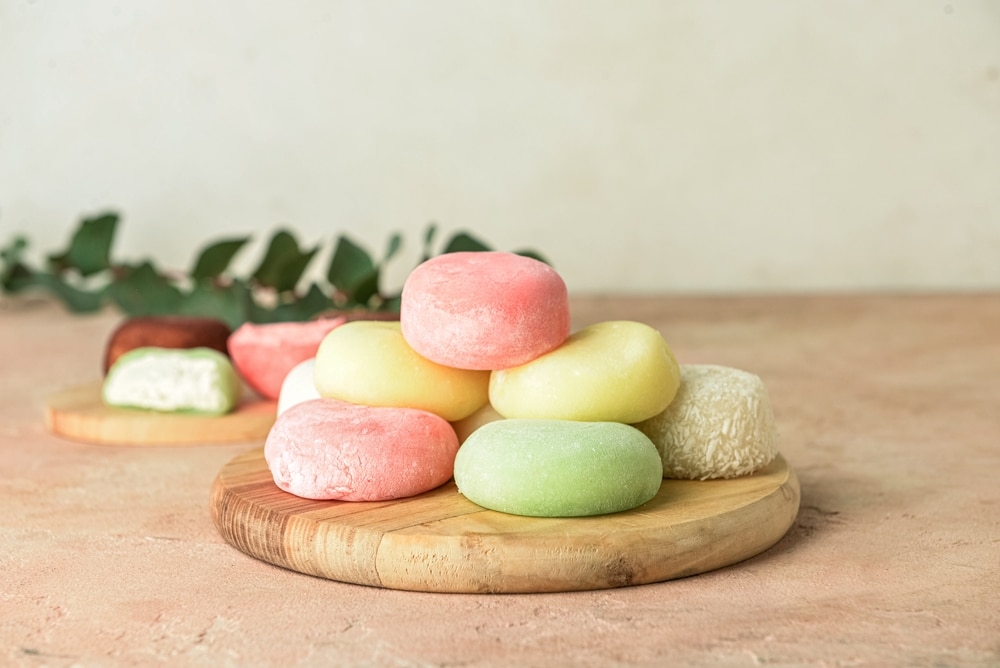
Mochi, a beloved Japanese pastry, consists of glutinous rice pounded into a sticky paste. Also you can enjoy it in various forms, such as mochi ice cream or daifuku, which features mochi filled with sweet fillings.
Popular Variants
- Mochi Ice Cream: A delightful dessert where mochi encases a scoop of ice cream.
- Daifuku: Often filled with sweet red bean paste or fresh fruits like strawberries.
Moreover, it comes in various flavors, making it a popular choice for both snacks and desserts.
Thai Coconut Pancakes (Khanom Krok)
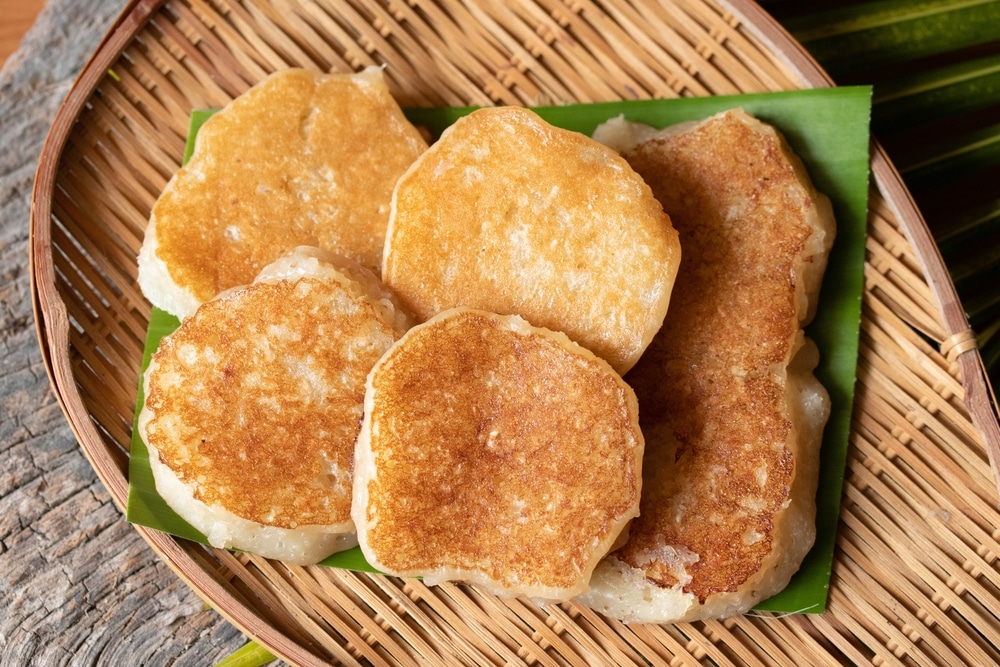
In Thailand, khanom krok are small, coconut-based pancakes that are crispy on the outside and soft on the inside. These delightful treats, made from rice flour and coconut milk, cook in a special cast-iron pan.
Ingredients
- Coconut Milk: Provides a rich, creamy flavor.
- Rice Flour: Creates the pancake base.
- Toppings: Often garnished with green onions or sweet corn.
Locals and tourists alike enjoy khanom krok as a popular street food snack.
Filipino Bibingka
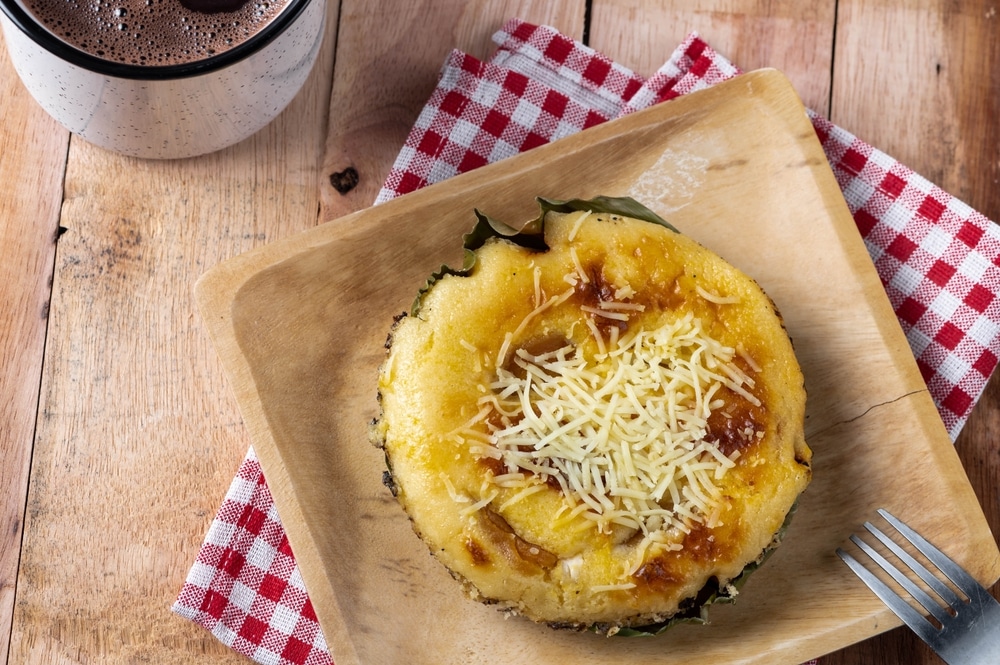
Bibingka, a traditional Filipino rice cake, combines rice flour, coconut milk, and sugar. Therefore, bakers typically prepare it in clay pots lined with banana leaves, which impart a unique flavor.
Key Features
- Coconut Milk: Adds a rich flavor and moist texture.
- Toppings: Often topped with salted eggs and cheese for a savory contrast.
Bibingka traditionally accompanies Christmas celebrations, symbolizing the festive spirit of the season.
Malaysian Kuih
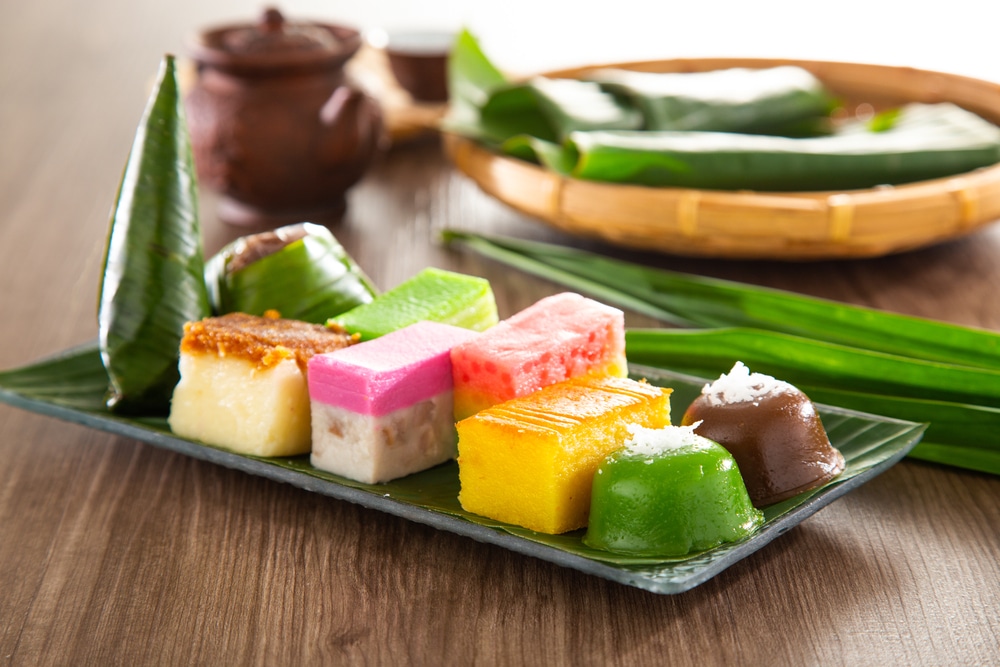
Kuih refers to a variety of bite-sized snacks or desserts in Malaysia, often made with rice flour, glutinous rice, or tapioca. These colorful treats come in both sweet and savory varieties and are often steamed, baked, or fried. Some popular types of kuih include kuih lapis (layered cake) and kuih ketayap (pancake filled with sweet coconut). Beside the yummy Asian pastries, explore Asian desserts that offer a captivating journey through diverse flavors, textures, and cultural traditions.
Tip
The vibrant colors and unique flavors make kuih a feast for the eyes as well as the palate.
Japanese Dorayaki
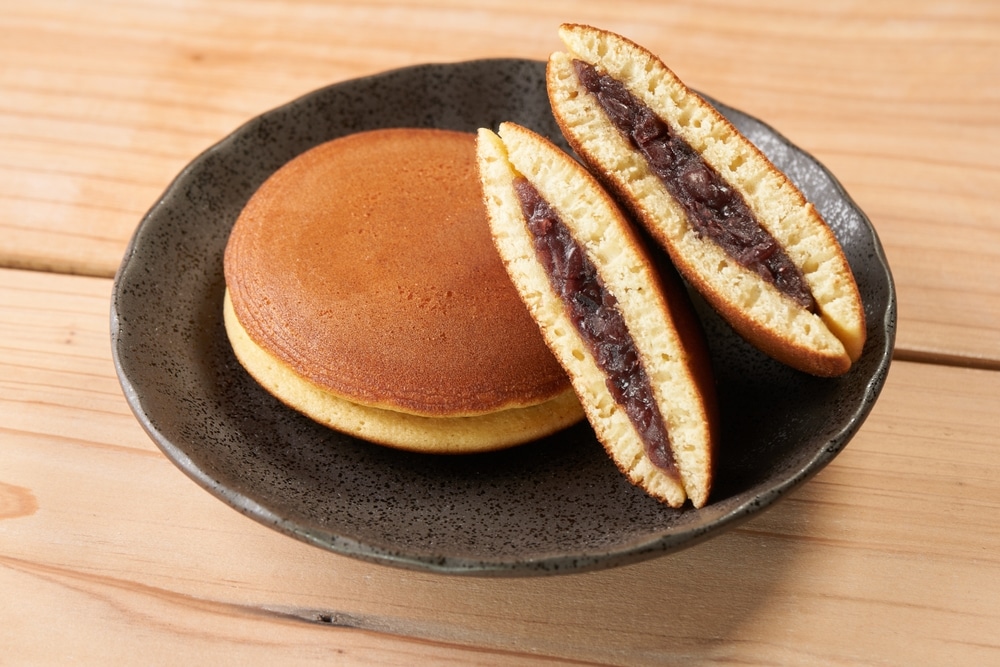
Dorayaki is a delightful Japanese confection consisting of two fluffy pancakes sandwiched with sweet fillings, most often red bean paste. The batter, made with eggs, sugar, and flour, creates soft and slightly sweet pancakes. Dorayaki has gained popularity not only in Japan but also worldwide, thanks in part to its appearance in popular anime and manga.
Variations
While red bean paste is the classic filling, modern variations include custard, chocolate, and even ice cream.
Conclusion
The world of Asian pastries is a rich and varied one, full of bold flavors, delicate textures, and centuries-old traditions. From the crisp and creamy egg tarts of Hong Kong to the chewy, sweet pastries made with glutinous rice and black sesame, each pastry tells a story of its cultural heritage. Whether you’re indulging in a sweet pineapple bun or savoring a savory South Asian pastry, the unique combination of flour, sugar, and other traditional ingredients creates an unforgettable culinary experience. So next time you pass by a local bakery or browse through grocery stores, be sure to pick up your favorites among the Asian pastries, and embark on a delicious journey you won’t soon forget.
